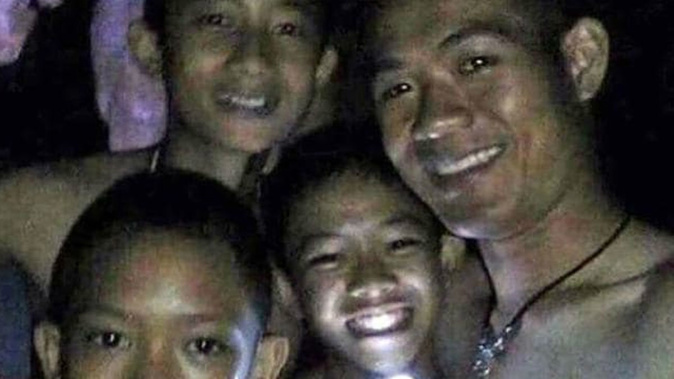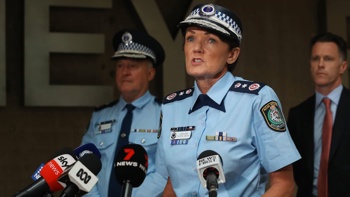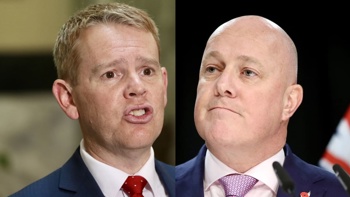
The schoolboys rescued from a flooded cave system in Thailand were dosed with an anti-anxiety drug to stop them panicking during the terrifying underwater mission, the country's prime minister has admitted.
The authorities had previously denied the children were drugged but Prayut Chan-o-Cha confirmed that they had been given an anxiolytic "to make them not excited, not stressed".
The rescue was carried out by an elite team of international divers, led by Britons, who guided the sluggish youngsters along the tortuous two-and-a-half-mile escape route, the Daily Mail reports.
One of the British divers said: "I was told the boys were given a dose of ketamine [a horse tranquilliser often used as a recreational drug] to keep them calm." An American military diver added: "Those kids were proper knocked out."
Fernando Raigal, a Spanish diver who took part in the rescue, told the Mail: "The boys were sedated – they were unconscious."
But Mr Prayut denied this, saying: "All of the children were conscious during the operation."
Extraordinary video footage shows how the boys were carted on stretchers for sections of the tunnel not flooded. In underwater parts, they were pulled along in a dream-like state by divers.
The treacherous conditions in the cave system were laid bare in the video released by Thai navy Seals yesterday.
It shows divers preparing to plunge into murky brown waters likened to "cold coffee".
Contrary to the idea that the children would swim out, they appear to be motionless in the video as they are passed along a chain of rescuers including Thai navy personnel and volunteers from around the world.
In one section of film shot in a dry part of the cave system, six rescuers grip the handles of a tough plastic cradle carrying their precious young cargo. Other helpers heave on ropes to haul the children up steep sections.
Wrapped in foil blankets to keep them warm, the boys are threaded through a claustrophobic tunnel compared to the "S-bend" of a toilet. They are then lowered down steep drops and pulled through terrifyingly narrow choke points.
At one point, a boy can be seen waving his hand slightly and gripping his fingers into a fist, suggesting they were not completely unconscious.
None of the children could previously swim and it is clear from the footage that rescuers had been too worried that they might panic underwater to risk trusting them to simply scuba dive out of the flooded cave system.
Thai navy commander Chaiyananta Peeranarong said: "Some of them were asleep, some of them were wiggling their fingers ... [as if] groggy – but they were breathing."
He added doctors were stationed along the corridors of the Tham Luang cave to check constantly on the boys' condition and pulse.
The video footage shows how engineers preparing for the operation had carved neat steps into steep slopes in the tunnels to make it easier, although they were cascading with water.
Rescuers also had to step over miles of tubes that had been laid down to pump out water.
The children were kept in special full-face diving masks even over the dry sections because of dwindling oxygen underground.
When they finally emerged, they were given sunglasses to protect their eyes from the sunlight and carried to waiting helicopters.
One of the American rescue specialists involved in the mission, Derek Anderson, 32, said the boys and their coach had been "incredibly resilient ... and discussed staying strong, having the will to live, having the will to survive".
The rescue began on Sunday, when four boys were extracted. Four more were brought out on Monday and the final four and their 25-year-old coach on Tuesday.
Anderson said divers practised their rescue techniques in a swimming pool with local children about the same height and weight as the members of the Wild Boars football team trapped in the cave.
The aim was to make each of the boys "tightly packaged" so divers could keep control of them and adjust their air supply as needed. Anderson said the so-called positive pressure diving masks used by the boys were "crucial".
Their use meant that even if a boy panicked during the rescue and got water inside his mask, the pressure would expel it.
Anderson said: "We were extremely fortunate that the outcome was the way it was."
It emerged last night that the pumps draining water from the cave dramatically failed shortly after the final boy was rescued.
Divers said they heard screaming from inside the cave and saw workers scrambling towards the entrance as water levels rose.
The head of the rescue team, Narongsak Osottanakorn, revealed yesterday that the cave will be turned into "a living museum".
Dr Richard Harris, an Australian doctor who stayed with the boys in the cave in their final days there, was told shortly after the mission that his father had died.
Take your Radio, Podcasts and Music with you









